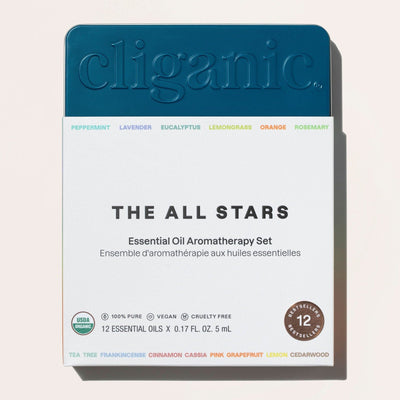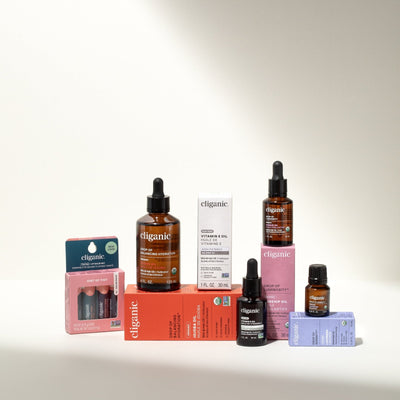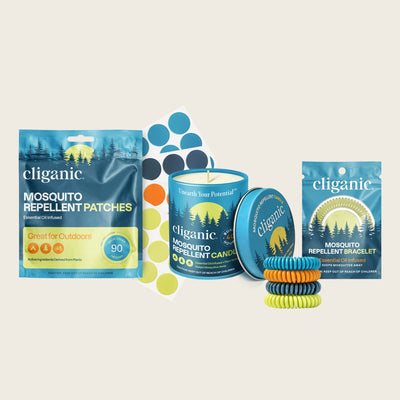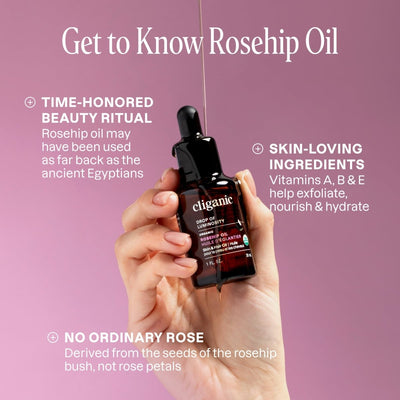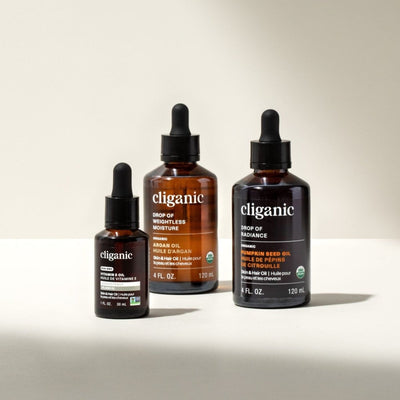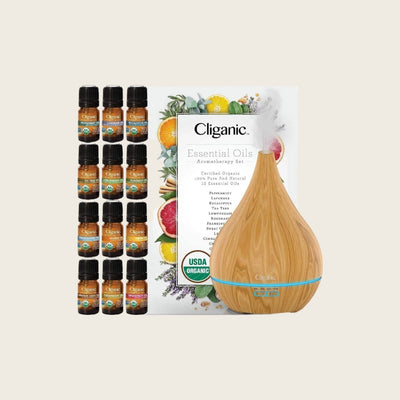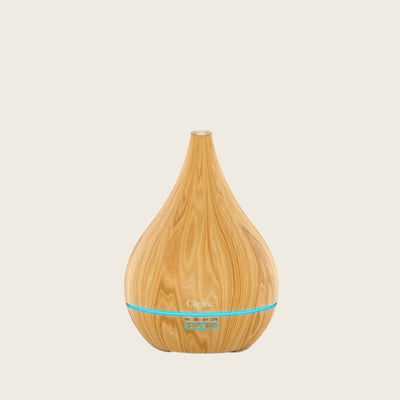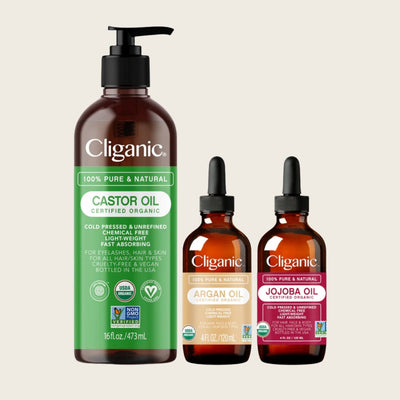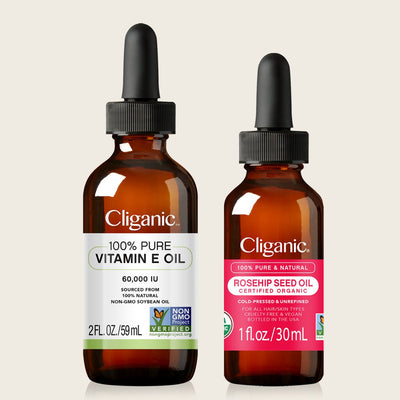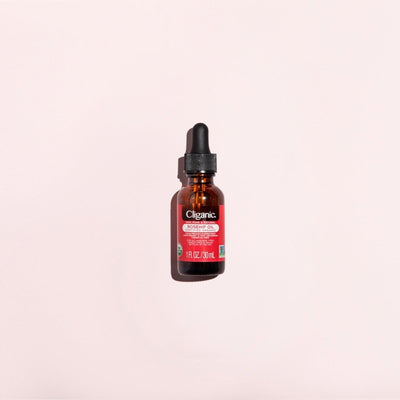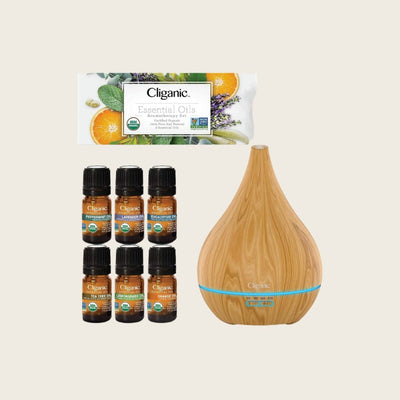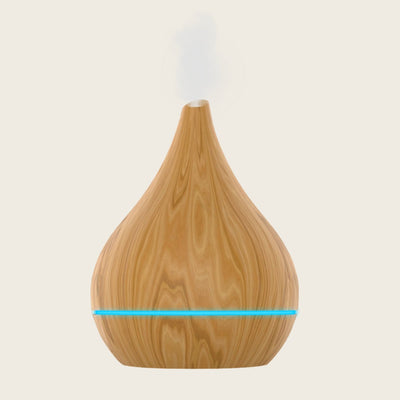25 Jan 2024
How are Essential Oils Extracted?

Ever wonder how essential oils are made? In this article, we will explore the various extraction methods used today, from steam distillation to cold-pressed extraction. We will discuss the advantages and disadvantages of each, as well as the types of plants and oils that are best suited to each method. By understanding the different extraction methods, you can make an informed decision about what to look for when searching for high-quality essential oils.
What Is An Essential Oil?
Essential oils are concentrated extracts from plants that contain volatile aromatic compounds and other plant compounds. They have been used for centuries due to their medicinal and therapeutic properties, making them popular in aromatherapy, natural cleaning products, and cosmetics. Some of the most commonly used essential oils include lavender, peppermint, tea tree oil, eucalyptus, lemon, and rosemary.

Types of Essential Oil Extraction Methods
The three most common extraction methods are steam distillation, solvent extraction, and cold-pressed extraction. Below we go into a bit more detail about each type:
Steam Distillation
Steam distillation is a method of extracting essential oils from plant material by applying heat. The process involves placing the plant material in a still and heating it with steam. This releases the essential oil, which then rises and is condensed into liquid form. The liquid contains both the essential oil and water, which must be separated for use.
The resulting essential oil has a strong aroma, making it ideal for aromatherapy, cosmetics, and perfumes. Steam distillation is known for producing 100% pure high-quality oils. However, some types of plants require higher temperatures to extract their oils than what can be achieved through steam distillation, so an alternative method may need to be used for these specific cases.
Steam distillation is best suited to extracting volatile oils from non-woody plants like flowers, herbs, citrus fruits, grasses, and leaves. This method of extraction also has its advantages over other methods; it does not require any solvents or chemicals as part of the process which makes it safer than solvent extraction that uses chemical solvents such as hexane or ethanol in their processes. Steam distillation requires little energy compared to other methods; however it can take longer due to needing multiple rounds of steaming and condensing cycles per batch of plant material before the desired amount of oil is extracted.
Solvent Extraction
Solvent extraction is another technique used. However, it doesn’t result in an essential oil, but an “absolute,” which is a more concentrated substance from the plant. This method can be used to extract aromatic materials that would not withstand the heat of steam distillation, such as delicate flowers or woody plants like sandalwood. The plant material is macerated and then combined with a volatile solvent (such as hexane) in order to extract its oil. After filtering out the solvent, what remains is an oil concentrate with a more intense aroma than other extraction methods.
This process has several advantages including less energy usage, reduced time required for completion, and higher yields of absolute due to its ability to retain more oils from fragile plants without damaging them. However, solvents such as hexane must be handled carefully due to their flammable nature and potential hazards if not managed properly. These solvents can also leave behind an unpleasant odor in some essential oils which can make them less appealing for aromatherapy. Additionally, since certified organic materials cannot come into contact with synthetic chemicals like hexane it is not possible to obtain organic certified essential oils using this method.
Cold-Pressed Extraction
Cold-pressed extraction is a chemical-free method of extracting essential oils from plant materials. It involves crushing and pressing the plant material to extract the essential oils, and is especially suited for citrus fruits as it preserves the freshness and aroma of the oils. Cold-pressed extraction has several advantages over other methods, such as being a more natural process with no harmful chemicals or solvents used, producing a higher-quality oil that contains more of the original plant's constituents, and producing oil that retains more of its original scent.
However, cold-pressed extraction does come with some limitations. This type of extraction requires a large amount of plant material to produce a small amount of essential oil, making it not suitable for all types of plants. Cold-pressed extraction can also be time-consuming compared to other methods such as steam distillation or solvent extraction.
Closing Thoughts
Steam distillation and cold-pressing are the two most natural ways to extract essential oils, while solvent extraction requires chemicals and results in an absolute. When searching for essential oils, we recommend sticking to those that are either steam distilled or cold-pressed and USDA Organic — this will ensure you’re getting a 100% pure product. Cliganic essential oils are only cold-pressed or steam-distilled and never made through solvent extraction. To learn more about essential oils and how they can benefit the mind and body, take a look at this article: Aromatherapy: Do Essential Oils Really Work?



